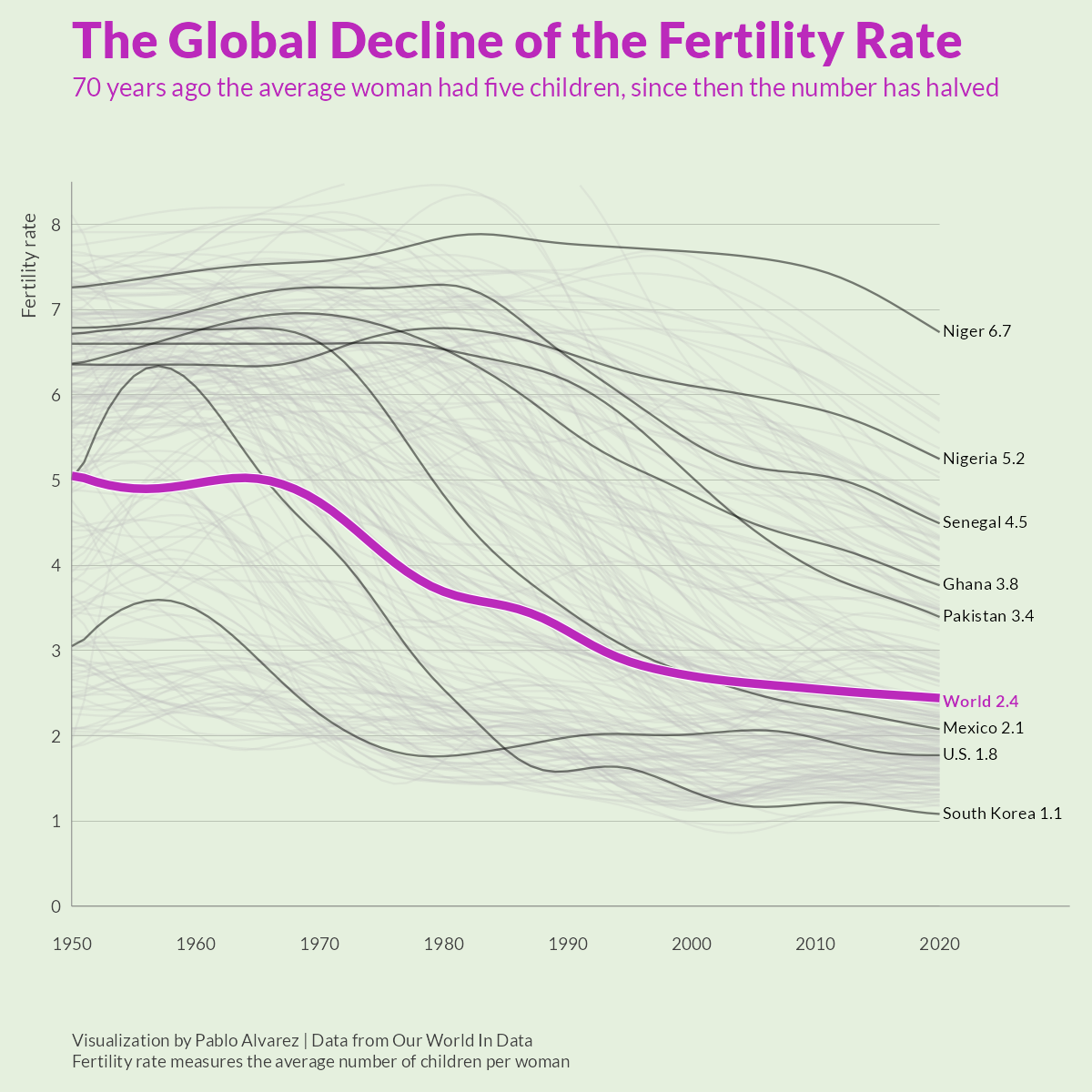For centuries, women have been blamed for unsuccessful conception. They are the ones meant to grow the child, and if they cannot conceive then they are to blame. But there are two parties of a healthy conception, and what if that other side is in danger? Women have often been the targets of criticism, but the dilemma is not that simple.
A report published by the Office for National Statistics in August 2019 stated that England and Wales reached a new low for births in 2018. The report documented that from the high point of 20.5% of live births per one thousand citizens in 1947, the 2018 rate had decreased to 11.1% live births. Following that, the percentage of men who are at risk of needing fertility treatment had increased from 12.4% in 2004 to 21.3% in 2017, nearly twice the percentage in a little over a decade.
This is considered by some to be a male infertility crisis, one that could permanently alter the next few generations and beyond. This issue came into public view in 2017 when a meta-analysis of sperm counts noted that they had declined by 52.4% in the last 38 years.
There can be multiple causes of this infertility. Low testosterone levels are the main culprit. Aging can gravely affect testosterone levels, as well as smoking and drinking. The influx of smokers, whether it is tobacco, nicotine, or a different substance, can be a part of this statistic. The world and its inhabitants get unhealthier every day, finding different ways to quench their thirst for power and pleasure. But at some point, this issue will truly be real for everyone.
The total fertility rate worldwide has dropped by nearly 1% every year since 1960. If the world continues at a similar rate, the population will be looking at complete infertility in the next few decades. This whole issue may seem entirely too dystopian, too unbelievable. To put this issue into perspective, The Handmaid’s Tale by Margaret Atwood, published in 1985, shows one author’s take on a possible outcome of worldwide infertility.
Although the outcome she envisioned would hopefully be exaggerated, the circumstances for the events seem eerily similar to current situations. In Margaret Atwood’s dystopian novel, the fertility rate in the world was at an all-time low and someone finally decided to do something about it. The women were to blame, but it was later revealed that it was the men who were the problem. Rooted in the patriarchal society, women were always to blame, resembling current world views on infertility.
There are ways to aid this issue. Staying healthy from the beginning, talking to your doctor to figure out possible medical treatments, and being open with your partner. And remember that fertility is a blessing these days.


